Located in the southwestern part of Spain, Cádiz is a historic port city with a rich and fascinating history. It is one of the oldest continuously inhabited settlements in Europe, dating back over 3,000 years.
The city was founded by the Phoenicians around 1100 BC and was originally known as Gadir. It quickly became an important trading hub due to its strategic location on the Atlantic coast. Over the centuries, Cádiz was occupied by various civilizations, including the Carthaginians, Romans, Visigoths, and Moors, each leaving their mark on the city’s cultural heritage.
During the 16th century, Cádiz played a pivotal role in Spain’s exploration and colonization of the New World. It became a major center for trade with the Americas, attracting vast wealth and becoming a prime target for pirates and rival European powers.
In the early 19th century, Cádiz was a focal point of resistance against French occupation during the Peninsular War. The city’s residents, along with Spanish and British forces, successfully defended it against multiple sieges, earning Cádiz the nickname “The Heroic City.”
Cádiz also played a significant role in Spain’s struggle for independence in the 19th century and later witnessed important political and social transformations, such as the abolition of the Spanish Inquisition and the rise of liberalism.
Today, Cádiz is celebrated for its stunning architecture, picturesque streets, and lively atmosphere. The city’s historic center is characterized by narrow alleys, charming squares, and elegant buildings that showcase a blend of different architectural styles, including Baroque, Neoclassical, and Moorish influences.
With its beautiful beaches, vibrant festivals like the famous Carnival of Cádiz, and a deep-rooted cultural heritage, Cádiz continues to captivate visitors from around the world, offering a unique blend of history, art, and a lively coastal ambiance.
How to get to Cadiz, Spain in Andalusia
Getting to Cádiz, Spain, located in the region of Andalusia, is relatively easy due to its well-connected transportation network. Here are the common ways to reach Cádiz:
By Air: The nearest international airport to Cádiz is Jerez Airport (XRY), which is approximately 44 kilometers (27 miles) away. From the airport, you can take a taxi or a bus to reach Cádiz. Jerez Airport has regular flights from major Spanish cities and select European destinations.
By Train: Cádiz has its own train station, Estación de Cádiz. Renfe, the Spanish national railway operator, offers train services connecting Cádiz to various cities in Spain, including Seville, Madrid, Barcelona, and Malaga. The train journey provides scenic views of the Andalusian countryside.
By Bus: Cádiz is well-served by an extensive bus network. The main bus station in Cádiz is Estación de Autobuses de Cádiz, located near the city center. Several bus companies operate routes to and from Cádiz, connecting it to major cities in Andalusia and other parts of Spain.
By Car: Cádiz is accessible by car via well-maintained roads and highways. The AP-4 and A-48 are the main highways that connect Cádiz to other cities in Andalusia and the rest of Spain. However, it’s worth noting that parking in the city center can be limited, so it’s advisable to park in designated parking areas outside the historic area and use public transportation to explore the city.
By Ferry: Cádiz has a ferry port, Puerto de Cádiz, which offers connections to the Canary Islands and other destinations in the Atlantic. Ferry services are available for both passengers and vehicles.
Once you arrive in Cádiz, the city is compact and easily navigable on foot. Public transportation, including buses and taxis, is also available for getting around within the city.
Bahia Hotel – no frills pension in the heart of the city with plenty of restaurants and shops, rooms are clean, small but adequate. You are paying for a better priced accommodation right in the downtown area.
When visiting Cádiz, Spain, here are some inside tips to enhance your experience:
Explore the Historic Center: Take the time to wander through the charming streets of the historic center, known as the Old Town or Casco Antiguo. Discover hidden squares, picturesque alleys, and beautifully preserved buildings. Don’t miss landmarks like the Cádiz Cathedral, Plaza de las Flores, and the lively Mercado Central.
Enjoy the Beaches: Cádiz boasts stunning beaches along its coastline. Playa de la Victoria and Playa de la Caleta are popular choices, offering golden sands and clear waters. Relax under the sun, take a dip in the sea, or simply enjoy a leisurely stroll along the promenades.
Try the Local Cuisine: Indulge in the flavors of Cádiz by sampling its renowned seafood dishes. Visit traditional tapas bars and restaurants to savor fresh fish, fried seafood (pescaíto frito), and the local specialty, “tortillita de camarones” (shrimp fritters). Don’t forget to pair your meal with a glass of chilled fino or manzanilla, regional sherry wines.
Experience the Carnival: If you have the opportunity, visit Cádiz during the Carnival season, which usually takes place in February. This vibrant and colorful festival showcases lively street parades, costume contests, and lively performances of chirigotas (satirical singing groups). It’s a unique cultural experience not to be missed.
Take a Day Trip: Cádiz is a great base for exploring other nearby destinations in Andalusia. Consider taking a day trip to the beautiful city of Jerez de la Frontera, known for its sherry wineries and flamenco heritage. Alternatively, you can visit the iconic white villages (pueblos blancos) such as Arcos de la Frontera or Vejer de la Frontera, each offering their own unique charm.
Embrace the Local Rhythm: Cádiz is known for its lively and passionate atmosphere. Take the opportunity to immerse yourself in the local culture by attending a flamenco performance, enjoying live music in one of the many bars, or even participating in a spontaneous street celebration. The locals, known as gaditanos, are friendly and welcoming, making it easy to connect and embrace the city’s vibrant spirit.
Climb the Tavira Tower: Visit the Tavira Tower (Torre Tavira) for a panoramic view of Cádiz. This 18th-century watchtower offers stunning vistas over the city and its rooftops. The tower also houses a camera obscura, providing a unique way to observe the city in real-time.
Take a Boat Trip: Explore the coastline and the stunning views of Cádiz from the sea. Various boat trips and cruises are available, including tours around the bay, dolphin-watching excursions, or even trips to nearby islands like Isla de Sancti Petri.
Remember to stay hydrated and wear sunscreen, especially during the summer months, as Cádiz can get quite hot. Enjoy your visit to this enchanting city filled with history, culture, and a laid-back coastal vibe.

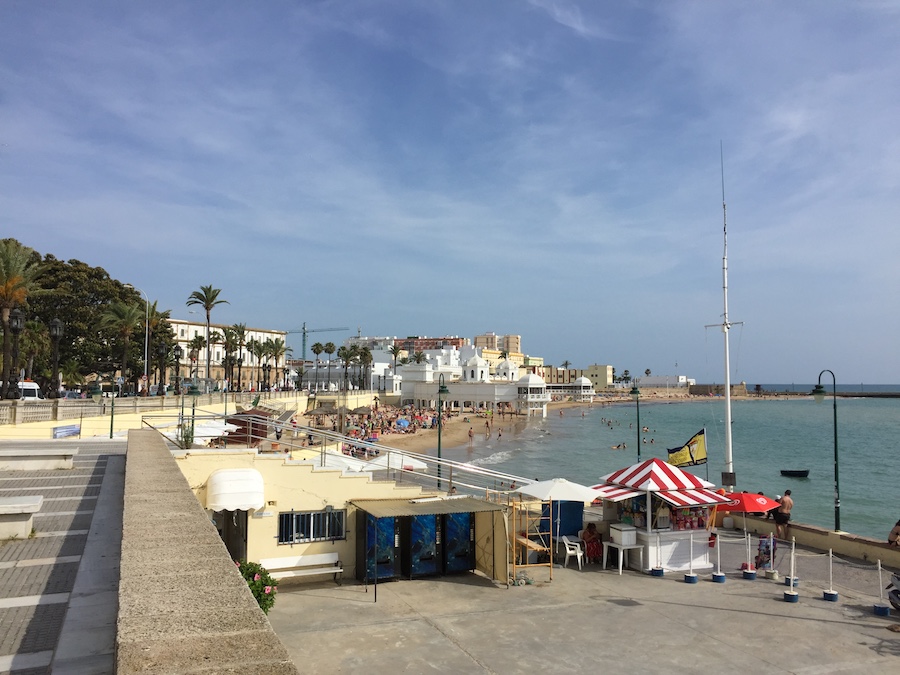
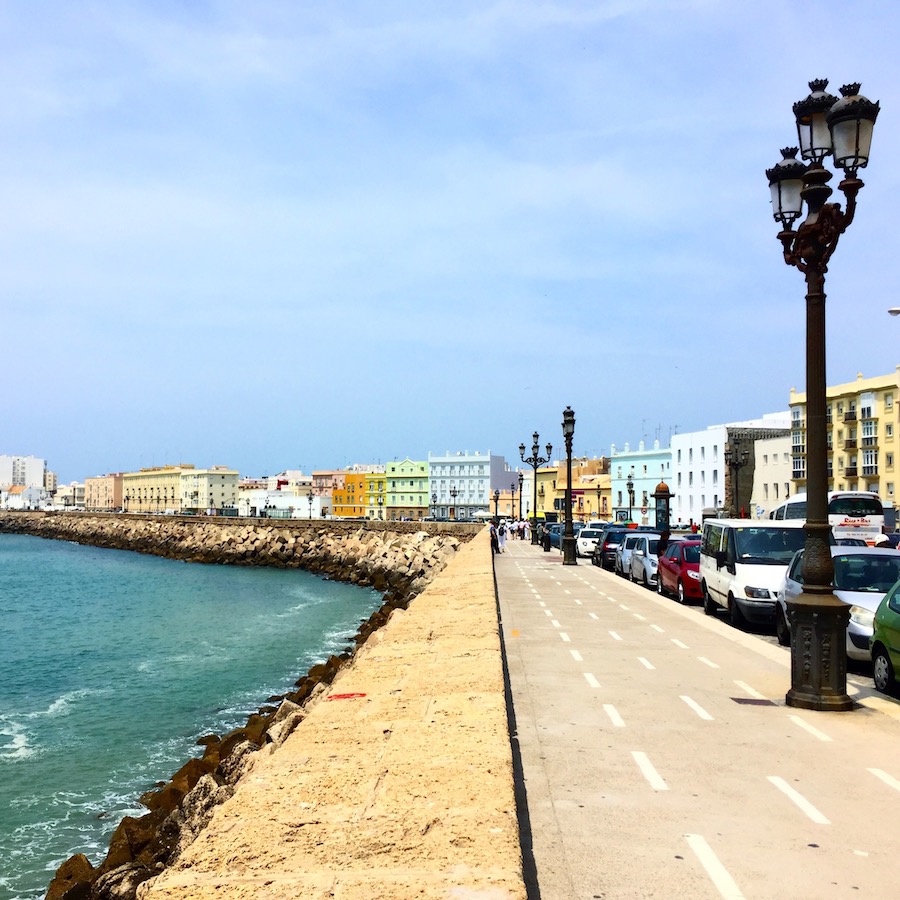
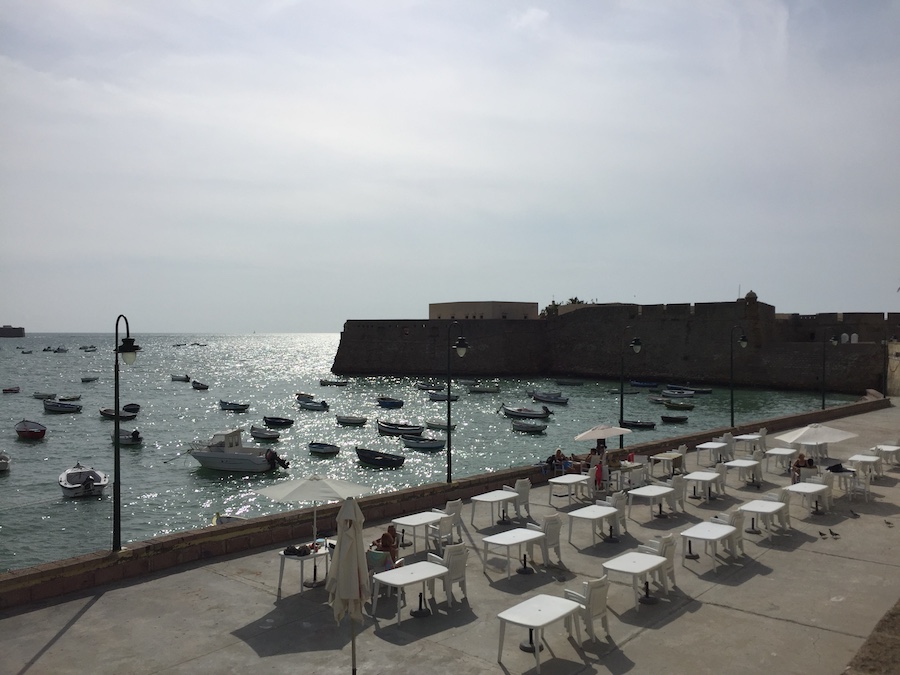
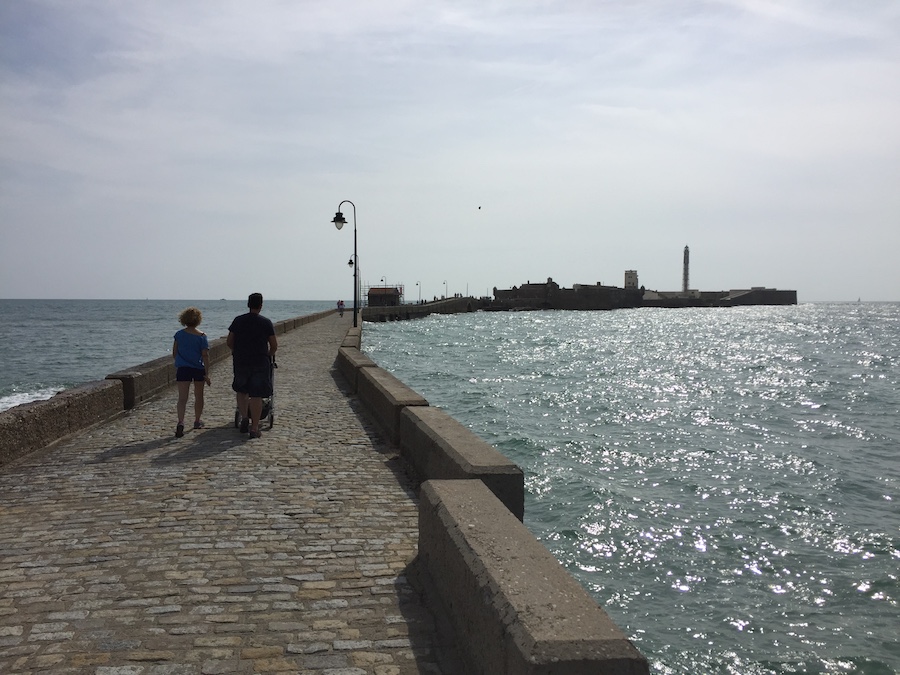
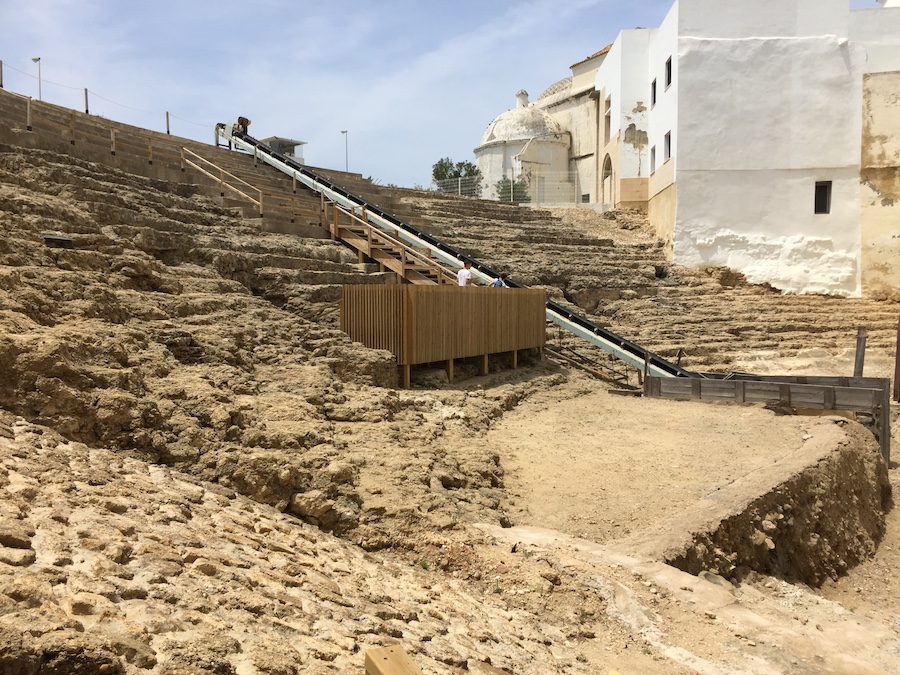

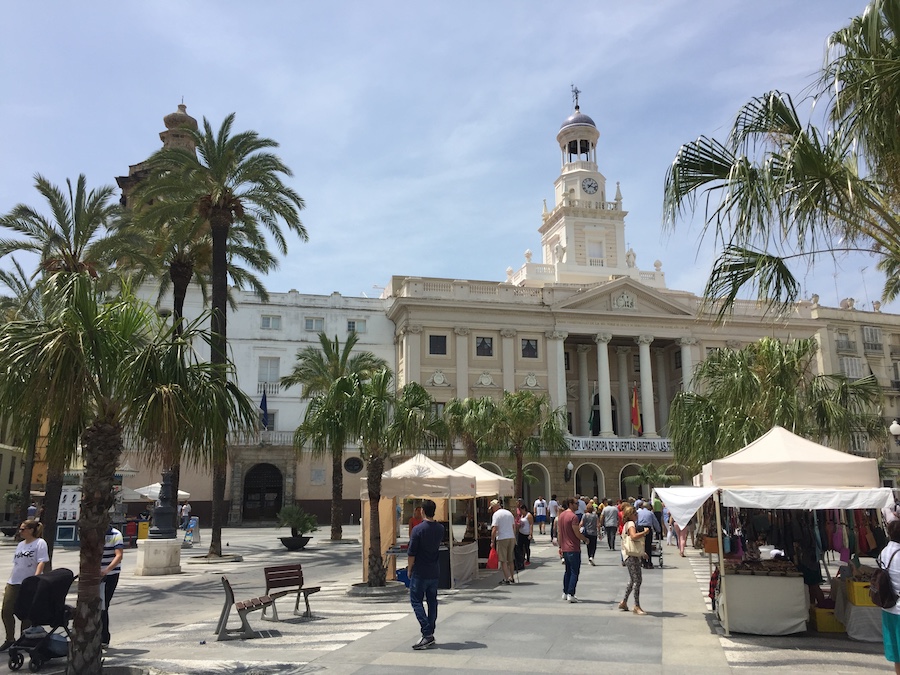
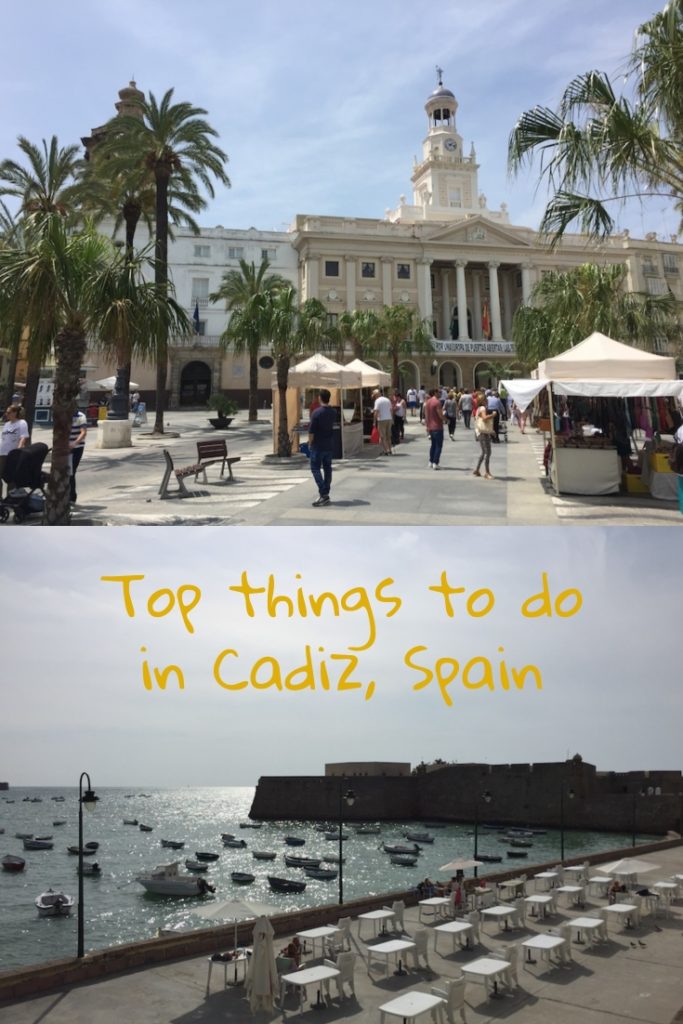


So exciting to see this in (virtual) print! Thanks again for featuring us on your incredible site Noel! We were so glad we could share our love of Cadiz to inspire more people to visit this incredible corner of coastal Spain!
Hi Erin,It looks great, thanks again for sharing this wonderful city – it looks exactly like my visit to Cadiz over 5 years ago.
I could absolutely fall in love with Cadiz. First of all I love Spain – it’s such a diverse place and always so beautiful. Everything you’ve shown here just adds to the attraction even more.
For such a small city, Cadiz does pack a lot of punch to a beautiful spot worth visiting in the Costa Del Sol and there’s so many things to do in Cadiz.
Your photos of Cadiz are lovely. Never been to Spain but would love to visit it soon. El Camino is on my bucket list!
I think you would enjoy the Costa Del Sol and all the cool things to do in Cadiz.
First thing I noticed is that the sun is so bright 🙂 . Does it stay that way most of the time? It is an interesting story about the Indian nuns carrying ficus seeds and planting it by chance.
I suppose the interior of Spain is cool too, but I always see such fantastic posts about coastal Spain! Cadiz looks magical. I would love to take the walk to Castle of San Sebastián – just walking over the levee looks picture worthy. I cant wait to visit Spain!
Holy smokes, that ficus tree is amazing! I’ll have to say that I didn’t know much about Cádiz before reading this post and it certainly has struck my interest. Beautiful architecture and beaches. I would love to visit.
Thanks for the great ideas on things to do! Never would have considered this as a destination! As somebody who loves castle architecture, I think the idea of a castle out on the water is so cool! Also, that tree in Cádiz Parques is massive. Since I’m only 5’0, I would look super tiny next to it, haha!
Looks like a wonderful city to explore. I’d definitely walk out to see the castle and would pay my respects to that grand tree. Another wonderful place to visit in Spain.
I love the folklore about the ficus trees being brought over to Cádiz by the two nuns. That is beautiful to think the trees knew they wouldn’t be going anywhere and decided to stay for ever. It’s the hippy in me, but I think I saw these giant big trees, I’d be getting in a hug. Now an informal standing lunch isnt something Ive ever heard of, but I love that idea, especially when you visit a market and have snack type food. Would love to visit the fish market, its rare to be able to enjoy seafood from the region. Well thats what Ive found in Australia.
I’ve never been to Cadiz, so thanks for virtually taking me there. Love the beaches, colors and art!
I went as far as Benalmádena on Spain’s southern coast before heading up to Seville and northwest to Portugal (skipping the Algarve region). I knew I would miss some things. After seeing your photos, I should have spent another week touring this southwest portion of the Iberian peninsula.
Yes this part of Spain is more quite, but definitely a lot of cool cities and pretty scenery, worth doing a road trip
Hi Noel,
I love these pictures.
The castle by the water reminds me so much of Cyprus, both in Paphos and Kyrenia. Each spot had a similar Mediterranean feel, ocean-wise, but the medieval type forts really make for an intriguing scene. Game of Thrones like in some regards.
Cadiz looks gorgeous. Added to my list when I eventually visit Espana, as my wife visited about a decade ago and loved the place.
Thanks for sharing Noel.
Ryan
Cadiz is beautiful, colorful and easy to walk to. Game of thrones was filmed in Seville and Costa Brava up north, east of Barcelona. Cyprus also sounds amazing, I still have to go there.